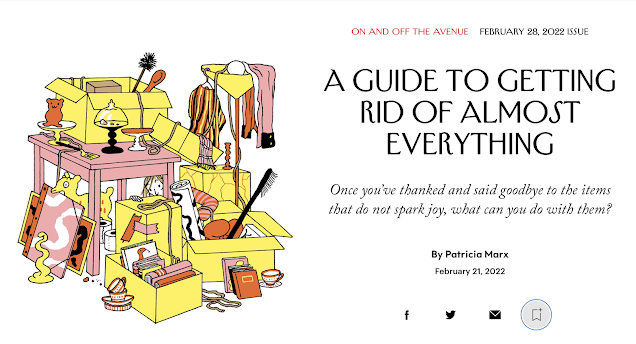Buying jewellery: Beyond the Big Four
 On my mind lately is a jewellery-marketing tactic, that of offering low-grade precious stones, especially the "Big Four" status gems (diamond, sapphire, ruby, emerald), at very low prices.
On my mind lately is a jewellery-marketing tactic, that of offering low-grade precious stones, especially the "Big Four" status gems (diamond, sapphire, ruby, emerald), at very low prices. When I first started buying 'real jewellery' I was like that—it was Le Duc who would lean over my shoulder to say, "But those rubies are lifeless!", or "Wait to get a better stone." But saving for even a small, fine ruby may be unrealistic.
This is why I love high-quality secondary (or semi-precious) gems: you can have clarity, rich colour and very good cutting at decidedly gentler prices. However, that stone can actually cost more than a low-grade precious gem—and in fact, it should.
I wonder why so much inferior Big Four material is on the market, but suspect it is a result of an emphasis on status rather than workmanship, and the flood of low-cost manufacturers in the online sector. Don't get me started on the junk women will buy because it is diamond!
Let's look at the same earring in three versions: a graceful, classic 7mm round dangle with an accent stone, from Gemvara. (Prices in $US.)
Left: Royal blue sapphires, emerald accents, set in 18k yellow gold; price, $12, 410.
(This is what a pair of good sapphires of this size should cost, and tippy-top sapphires could be double.)
Centre: Tanzanite, emerald accents, 18k yellow gold setting; price, $2, 230.
Right: Iolite, London Blue topaz accents, sterling silver setting; price, $435.
I've never bought from Gemvara (and receive no commission from any vendor), but checked out a plump pair of 7mm martini-set studs set in 18k yellow gold.
Left, the ruby version, $22, 845. Right, rhodolite garnet, $445.
The rhodolite garnet is more raspberryish, but because rubies (which are the same mineral as sapphires: corundum) also exist in that violet-pink hue, I'd think hard before paying the precious-gem premium for my earrings. Rings are another story, because corundum is much more durable than garnet.
These alternatives are less costly because they are neither as scarce nor as hard as diamonds, sapphires and rubies.
A few tips if you are interested in build-your-own pieces:
1. Do not confuse weight, expressed in carats, with size, expressed in millimetre. Because each mineral has a different density, a 1ct sapphire looks smaller than a 1ct diamond. Focus on size; this chart gives an idea.
2. For better results, speak to an associate who is a gemologist. Ask, "Is the stone I see on my monitor the same colour and brilliance as your current stock?" to learn whether the photos online are enhanced to make the colour look more vivid. Or you might seek advice: "I want a lively, sparkly stone; how are those iolites looking?"
Talking to a senior person at the vendor's makes a difference when you are ordering a custom-made piece, because there is a packet of stones and someone is pulling yours. If you need several conversations, have them, because made-to-order pieces are usually not returnable.
Silver or brass shifts the look to the casual side, which is still chic when well-designed, as shown in Beth Orduna's aquamarine and abalone earrings set in brass (price, $US 418 at TwistOnline).
Don't even browse the deceptively-labelled "fine jewellery" made with low-grade precious gems. Head for the alternatives, the best of the topazes, garnets, tourmalines, peridots, spinels, tanzanites, amethysts, and many others.
Save your money, and be smart as well as beautiful—not that you aren't already!






Comments
hugs,
Janice
I do like you point about setting stones in 18k gold however. I recently had a pair or rather boring moonstone studs that I hadn't worn in years (decades?) reset in 18k white and rose gold and am amazed at how different the stones look, and how much I love the earrings now. Thanks to you I'm now a fan of a good reno.
Did you know the jeweller for the reno or go looking?
I love learning about pearls and different stones and other natural materials used to make jewellery. I don't have much knowledge on the subject or a lot to say, but I read every word. Agree with Janice.